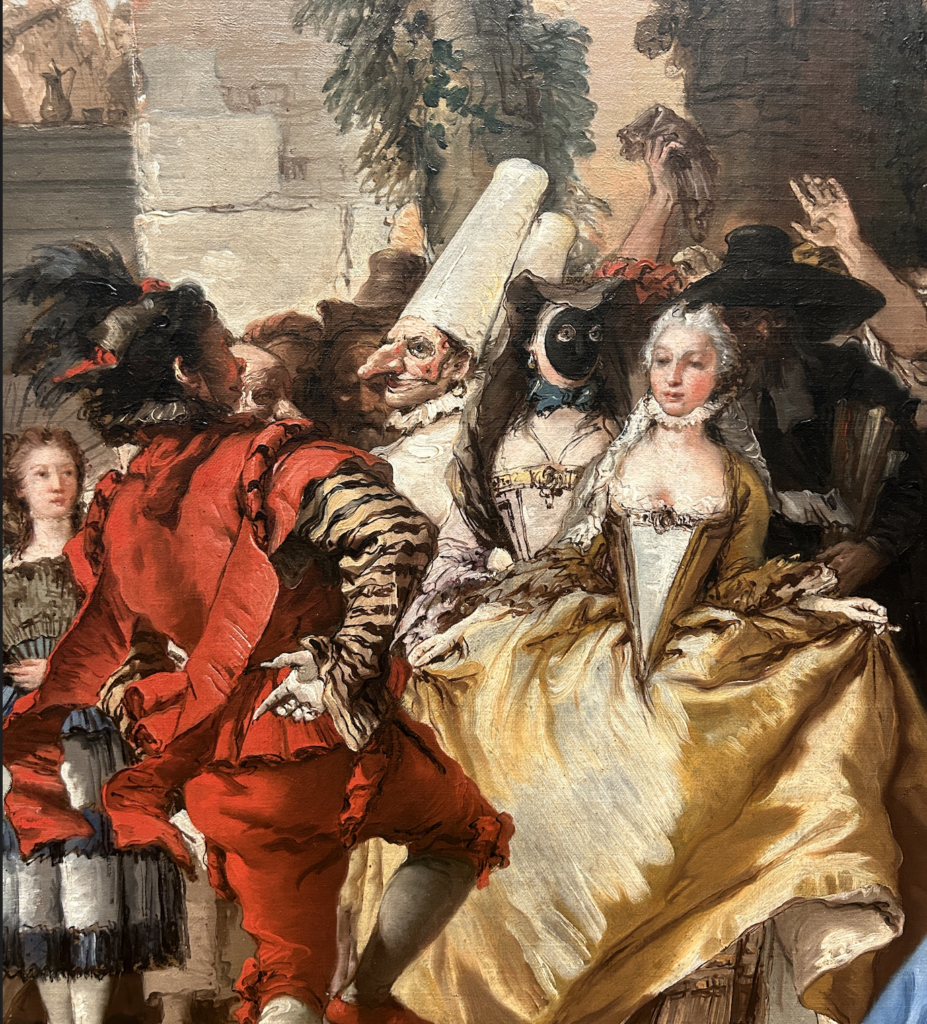Stairwell from the Hall of the Asian Wing to That of the Egyptian
7.2/10
Not much to see here, but that’s the point, no? Keep the bodies flowing from one wing to the next with bright lighting and wide stairs. Pure facilitation of movement. But the Museum couldn’t help but display some art (or is it history?) in even this hallway.
There’s a large, cast-iron Buddha head of Chinese origin, and a single, split-open sarcophagus. That’s all.
Neither one is eminently, obviously exceptional, and as such this stairwell begs a question: How did these objects end up here? Were they picked for penitentiary, or was this a picking for a pedestal? Is this a place of honor, in that these pieces are displayed away from their peers, or were they pulled from their peers, deemed insufficiently interesting or narratively relevant to be shown among their kin? Were they anointed Ambassadors to their Wings, the greeting party, the first impression? Do they induce a subconscious transition? Was this the result of curatorial malice or a curatorial blessing?
Who could say but the curators themselves. If you’re in the area, it’s likely you’ll take these stairs, but you won’t do it to see these two objects. Still, there they are: all by their lonesome in a utilitarian body chute, ensuring that even a transitional moment at The Met is endowed with the whispers of people and places long dead and gone. Plucked from the noise, anointed as signal.
